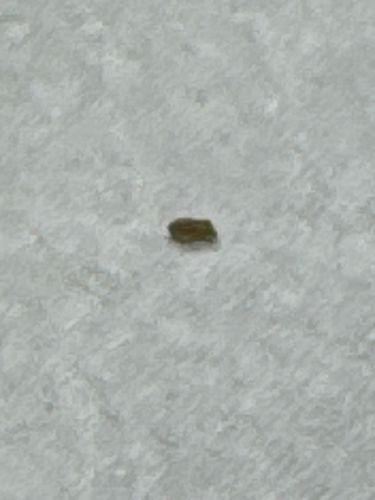Case-bearing Clothes Moth (or sometimes Case-making Clothes Moth)
Scientific Name: Tinea pellionella
Order & Family: Order: Lepidoptera, Family: Tineidae
Size: Larvae: up to 10-12 mm; Adults (moth): wingspan typically 9-16 mm

Natural Habitat
Indoors, particularly in dark, undisturbed areas like closets, attics, storage chests, behind furniture, and in areas of accumulated dust and lint. They thrive in environments with high humidity.
Diet & Feeding
Larvae feed on keratin-containing materials such as wool, fur, feathers, hair, felt, and sometimes other natural fibers like silk, cotton (if soiled), or synthetic blends. They can also feed on stored food products.
Behavior Patterns
Case-bearing insects live inside a silken case, often camouflaged with surrounding debris. The larva carries this case everywhere it goes, retreating inside it when disturbed. They are typically slow-moving and prefer dark, undisturbed areas. Adults are winged moths but are generally poor fliers and short-lived.
Risks & Benefits
Risks: Primarily a pest of stored natural fibers, causing damage to clothing, carpets, upholstery, and museum collections. They do not bite or transmit diseases to humans. Benefits: None significant to humans; in natural environments, they contribute to the decomposition of animal remains.
Identified on: 8/26/2025